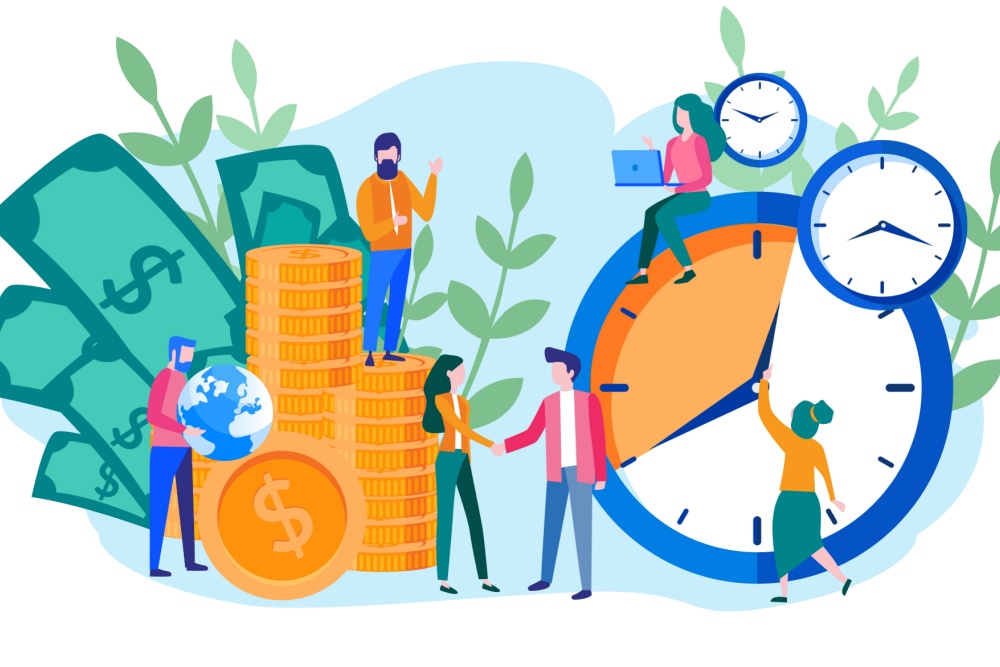She was in some pretty heady company as she joined other illustrious speakers including Sir Tim Berners-Lee, inventor of the World Wide Web, Netflix co-founder Marc Randolph, bestselling author and journalist Malcolm Gladwell, and former Secretary of State Colin Powell.
Porcari spoke of “Driving Transformation in a Digital Ecosystem”. The emphasis was on the evolution of technology throughout her many years with the WFP, and how it is now being employed not just to aid the humanitarians with their mission, but the victims directly as well.
The Days of the Satellite Phone
According to Porcari, the available technology back in the late 1990s were the large, heavy satellite phones that required two men to carry. Those phones provided a critical mechanism by which WFP workers could communicate with each other during the war between Ethiopia and Eritrea. Their mission at that time was to restore security-related communications between humanitarians in the war-torn region as they assisted refugees.
Enter the Drones
Fast forward to 2019. Porcari sees drones as the next revolutionary technology of humanitarian work. The WFP now utilizes drone technology in multiple ways to carry out their relief mission:
- The WFP delivers food to remote and flooded villages by SHERP, or amphibious trucks. However, navigating flooded waters by SHERP can be challenging. The agency now uses drones to be the “eyes of the truck,” operated by the SHERP’s driver.
- Drones can also provide food drops. While the economic savings of drones are significant, it’s also a matter of “life and death,” she said.
- The WFP is able to use artificial intelligence with drones to assess damaged buildings after a disaster or other major incident. By employing drones, the process for scanning and analyzing infrastructure damage can be completed in about four hours. In the past, the process could take days and had to rely on sometimes unreliable satellite imagery.
Security Through E-cards
Another form of technology used today by WFP is that of electronic food cards. They provide these to disaster victims and refugees as a means to grant them both a secure identity and an ability to obtain food and services as they rebuild their lives. As most of the WFP’s beneficiaries are refugees, identities are sensitive. Therefore, WFP has deployed biometric and blockchain technologies to give them the identities they need without jeopardizing their freedom.
The Imperative for Inclusion
The World Food Programme’s use of technology has evolved over the years to directly aid those effected by disaster, war and other crises, and not just the humanitarians who serve them. Porcari pointed out to the large room filled with CIOs from all areas of industry that it is critical that agencies like the WFP be included in the digital revolution. The perception of the United Nations as nothing more than a giant bureaucracy, or just a “glass building in Manhattan … full of dusty papers and overpaid people who do nothing,” is unfortunate. Because, like other industries servicing consumers, the UN’s WFP has the primary mission of helping those “who otherwise who would have no hope.”
She explained that agencies like the WFP rely on partnerships with the private sector, as well as the generosity of their ideas and advice. While the humanitarian sector has become quite populated, they continue to compete with the private sector for expertise in IT. Porcari acknowledges the attraction to working in the United States, in Silicon Valley, as opposed to the many field offices she visits on a regular basis in challenging parts of the world. But she is optimistic about the future, as she sees an emerging talent pool of IT professionals who want to “do well by doing good”.
If you want to see more of Enrica Porcari discussing digital transformation, as well as the WFP’s goal of developing relationships with their individual beneficiaries, be sure to watch this interview with Teena Maddox of TechRepublic from the conference.





0 Comments